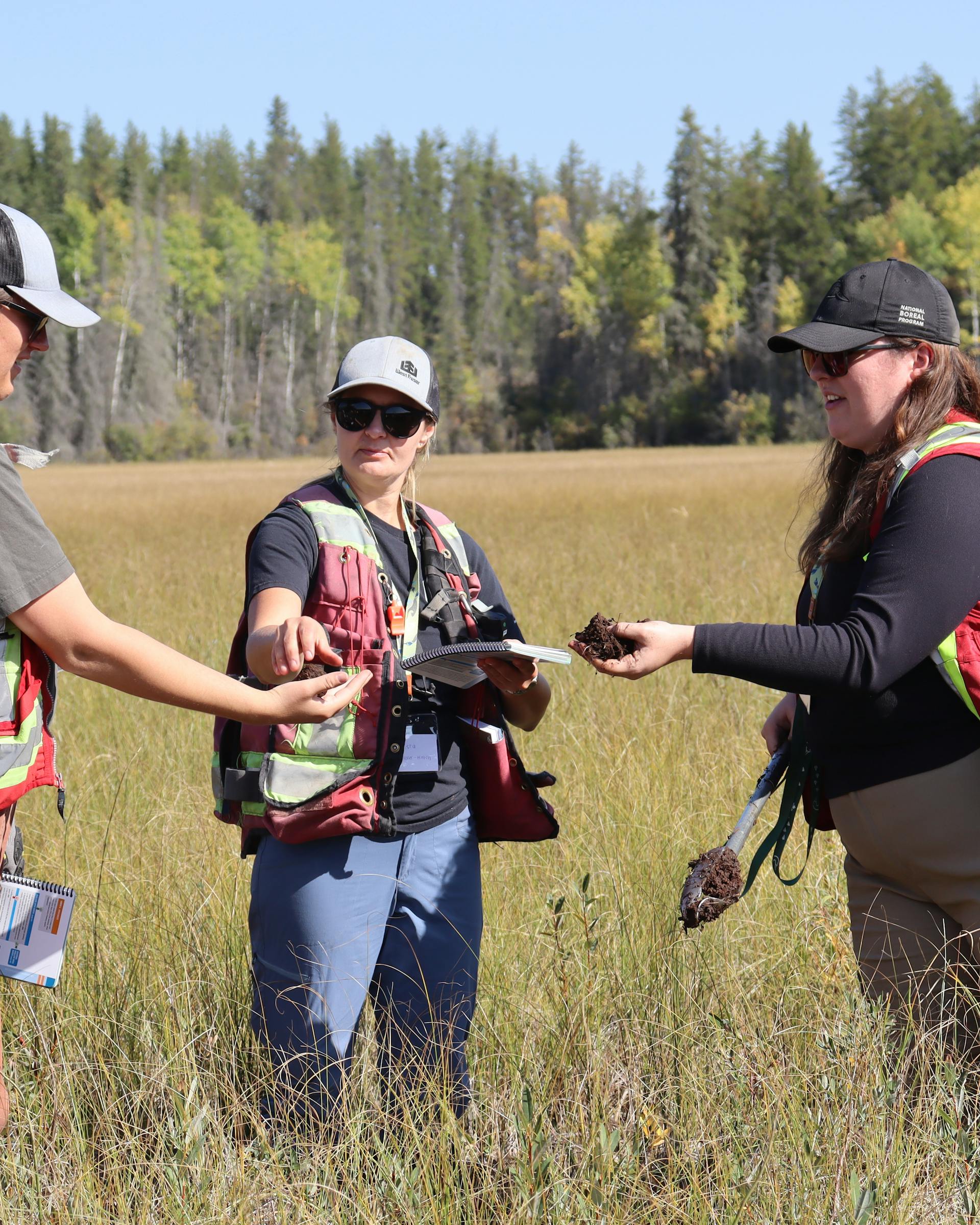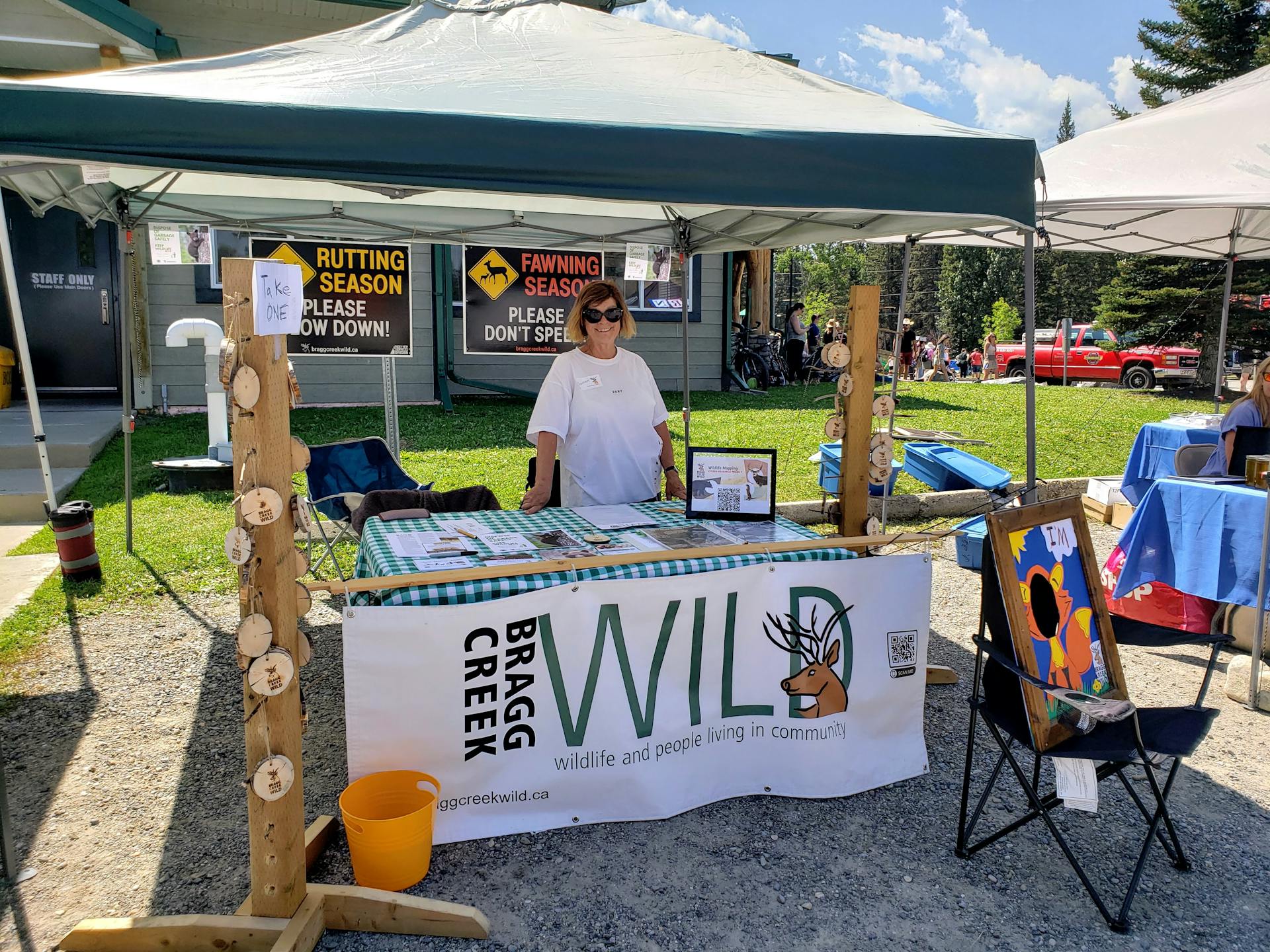Building capacity for implementing stewardship projects in Waterton Biosphere Reserve
Nature-Based Solutions and Conservation

This project built the capacity of the Waterton Biosphere Reserve Association (WBRA) staff to support their work with landowners to improve stewardship of riparian and grassland habitats within Waterton Biosphere Reserve. They created and took advantage of training opportunities to increase knowledge and hands-on experience with a variety of tools and techniques related to soil bioengineering, riparian restoration and enhancement and grazing management. This included knowledge building in areas such as willow harvesting and planting, stream crossing methods, hardening water access, beaver co-existence methods, use of portable electric fencing, and solar waterers for off-site watering. This training was undertaken through a variety of means including formal workshops offered by partners such as Cows & Fish, demonstrations by equipment dealers/manufacturers, intentional discussions with experienced landowners and informal training by contributing manpower to similar projects organized by others (e.g., Trout Unlimited or Oldman Watershed Council projects).
This project will supported wages, training fees and travel for approximately 160 hours of training. WBRA staff participated in various training and outreach activities to enhance their skills and build relationships with partners in environmental restoration. In collaboration with Trout Unlimited Canada, WBRA staff learned Low-Tech Process-Based Restoration (LTPBR) techniques, such as constructing beaver dam analogues (BDAs) and post-assisted log structures to improve water storage and riparian habitats. These hands-on experiences increased the organization's ability to plan and implement habitat restoration projects, especially for landowners in the Waterton Biosphere Region (WBR) facing climate challenges.
Staff also engaged in willow staking and planting events with The Oldman Watershed Council and The Nature Conservancy of Canada. This hands-on training taught them the benefits of willows in riparian areas, such as erosion control, water quality improvement and habitat creation. These skills further strengthened WBRA’s capacity to support riparian projects and fostered partnerships with local landowners and organizations.
Additionally, WBRA staff participated in webinars to gain insights into Indigenous land stewardship practices and community-based biodiversity initiatives. These sessions, focused on Blackfoot-led conservation efforts and Indigenous food sovereignty, deepened staff understanding of local perspectives on environmental stewardship.
WBRA also took part in workshops on grazing management strategies and native grassland restoration, expanding their knowledge of sustainable land use practices. These experiences have enhanced WBRA’s ability to support landowners and partners with effective conservation solutions in the region, while fostering collaboration for future restoration projects.
The opportunities provided by the Springboard Grant enabled WBRA to move forward with enhanced internal staff skill and technical expertise, as well as many strengthened external relationships with WBRA partners which will contribute to good work projects on private land that focus on Nature-based Solutions & Conservation within WBR.
More specifically, WBRA staff have developed their technical expertise to plan and implement projects within WBR which address the dual crises of climate change and biodiversity loss. WBRA staff can now support riparian restoration projects such as willow staking and building BDAs that are intended to enhance water storage, restore natural flows to wetlands and fortify habitats for native species. Staff are better equipped to provide support to improve the management of agricultural lands and collaborative habitat stewardship projects such as rotational grazing and off-site watering systems, which will contribute to grassland biodiversity, soil health and carbon sequestration within WBR.
Additionally, these initiatives have strengthened WBRA’s collaborative efforts with fellow organizations, blossomed local relationships, bolstered WBRA credibility and facilitated a deeper understanding of Blackfoot perspectives and cultural connections to Indigenous-led environmental projects which will hopefully lead to more collaborative opportunities in the future.
Related projects
Explore a showcase of projects that we've funded.



